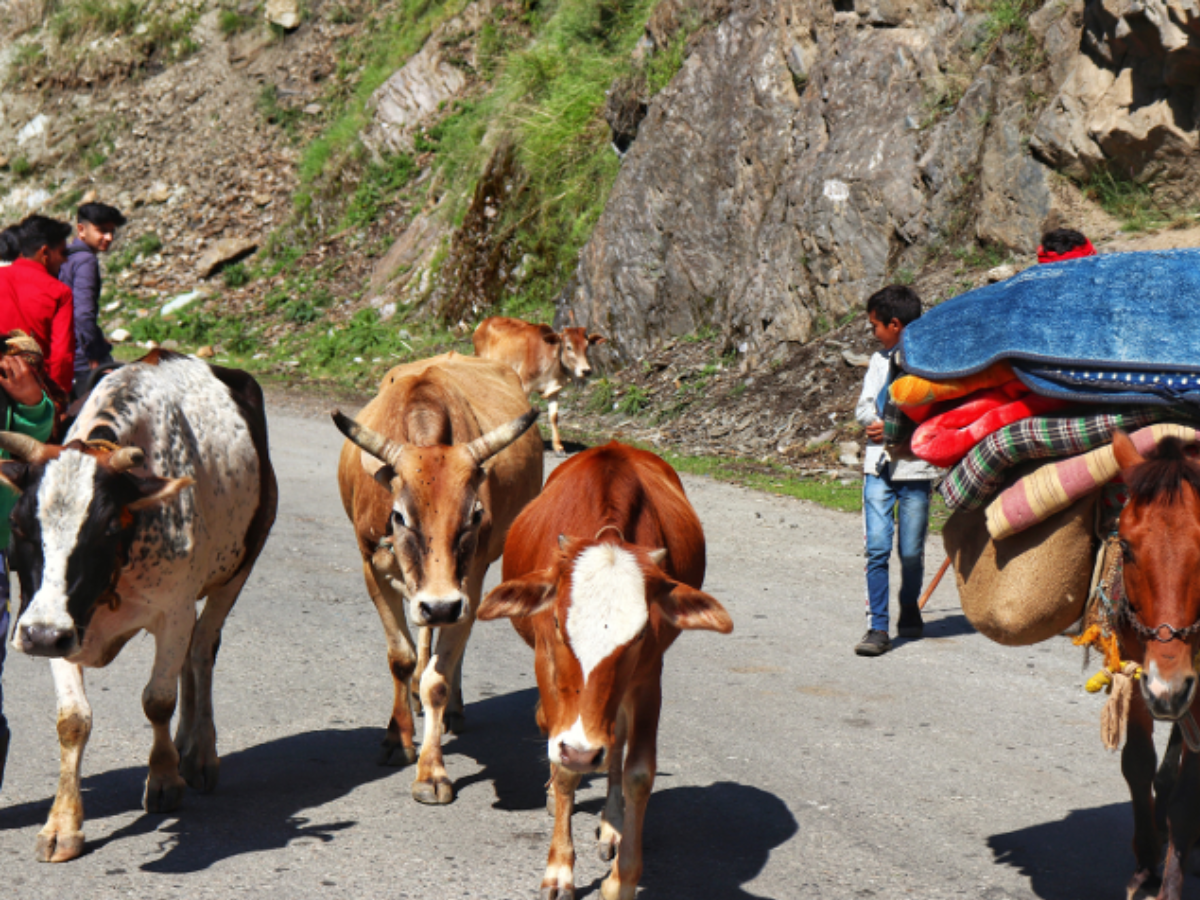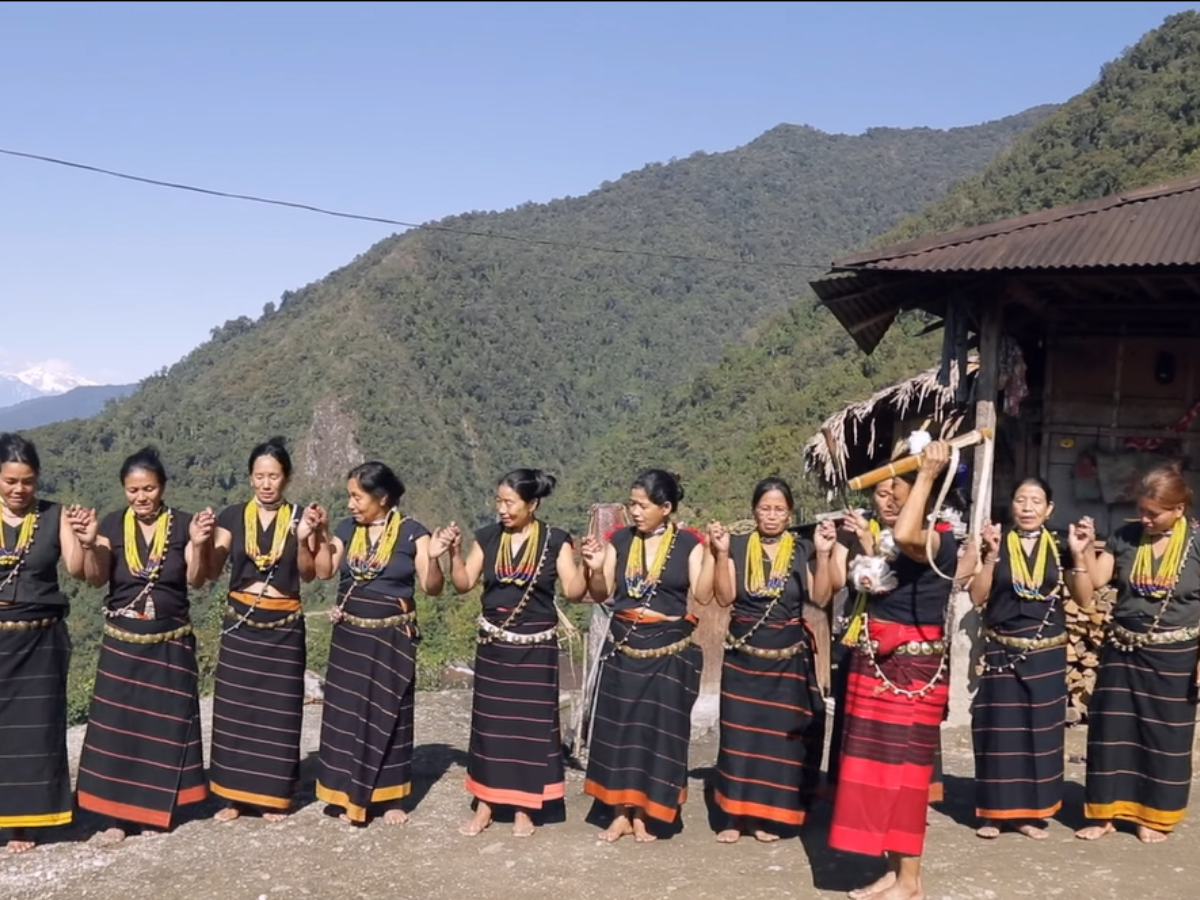COMMUNITARIAN LIFE OF GUJJAR-BAKARWAL TRIBES
The Gujjar-Bakarwal people have communal practices that strengthen their social integrities. They live together and possess common properties, such as grazing grounds and water sources, which are very important for pastoral living. They have a combined activity such as collective herding, farming…











